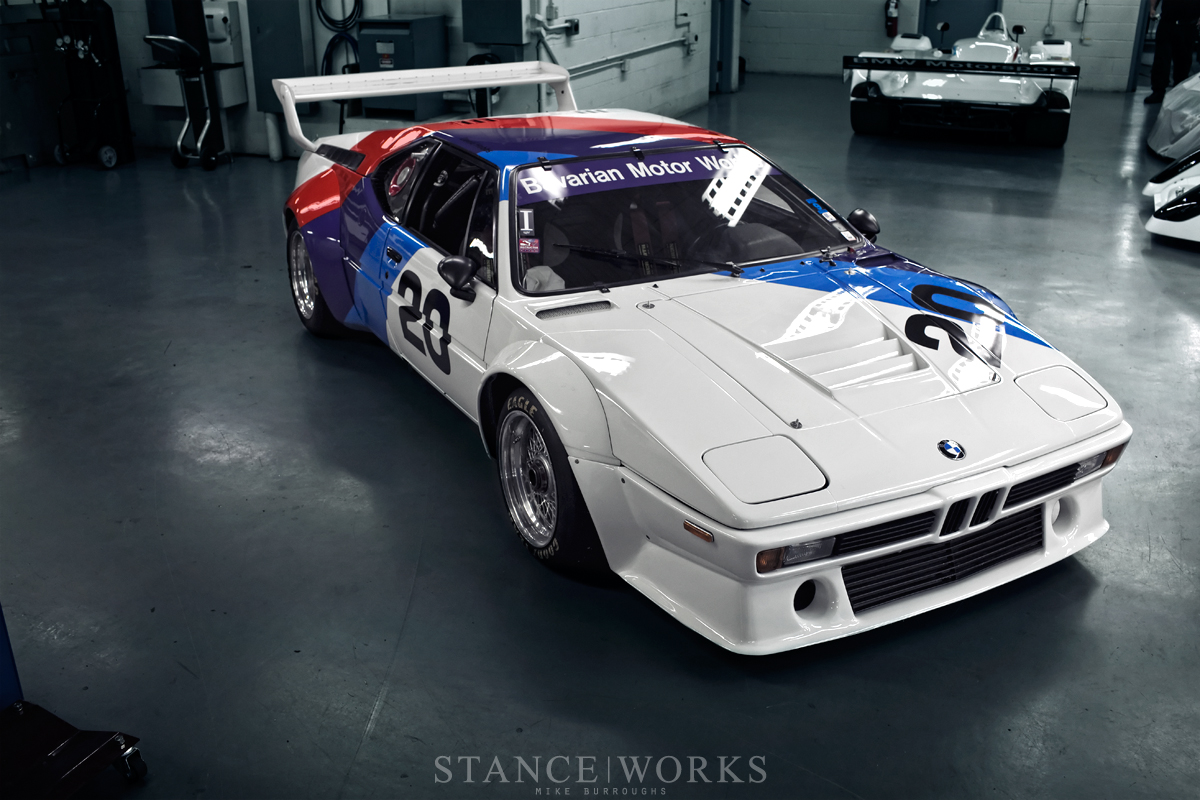
From the Archives – The BMW of North America Vintage Collection
It's hard to believe it was nearly eight years ago that Andrew and I took a trip to Hilliard, Ohio, to photograph and document BMW of North America's "Vintage Collection." With a garage full of cars that will make, quite literally, any BMW fanatic struggle to maintain composure, it was a week of a lifetime. Face to face with many machines we'd only dreamt of seeing in person, we wheeled each beast out one by one and did what we do best. Being so long ago, though, it seems as almost a disservice not to revisit such incredible StanceWorks content. So, from the SW archives, here's some of the best historic BMW content we've ever had to offer. For more photos and info, be sure to click the title link for each car.
The BMW M1 Procar
It's hard not to begin with my personal favorite: the M1 Procar. In 1978, BMW introduced the M1, known by many as the godfather of the M lineage. Just 456 cars were built, sold to the public as homologation specials; consumer cars built by BMW for the express purpose of meeting production requirements in order to race the M1. However, the M1 was merely a gift to the public; it was never initially planned for production. Last minute changes to Group 5 regulations meant that BMW was required to produce street versions of their prototype race car if Jochen Neerpash, director of BMW Motorsport at the time, was to ever see his dream come to fruition. The setback meant the birth of the M1 was a troubled one, however, in the end, it led to one of the most unique race cars in history.

The McLaren F1 LM
There's not a gearhead on the planet over the age of 20 whom doesn't hold some form of reverence for the McLaren F1 - during its time, it was unquestionably the greatest car the world had ever seen. It was faster and more advanced than any car before it, setting records that are still held to this day. The McLaren F1 was built to honor the late Bruce McLaren and his legacy - it was an exercise to build what could be considered the ultimate road car. Yet Ron Dennis and Gordon Murray had little idea that their project would grow into something much more substantial, eventually concluding with a crowning achievement: an overall win at the 1995 24 Hours of Le Mans, one of the highest honors any car can claim. Suffice to say, in 1995, McLaren ruled the world.
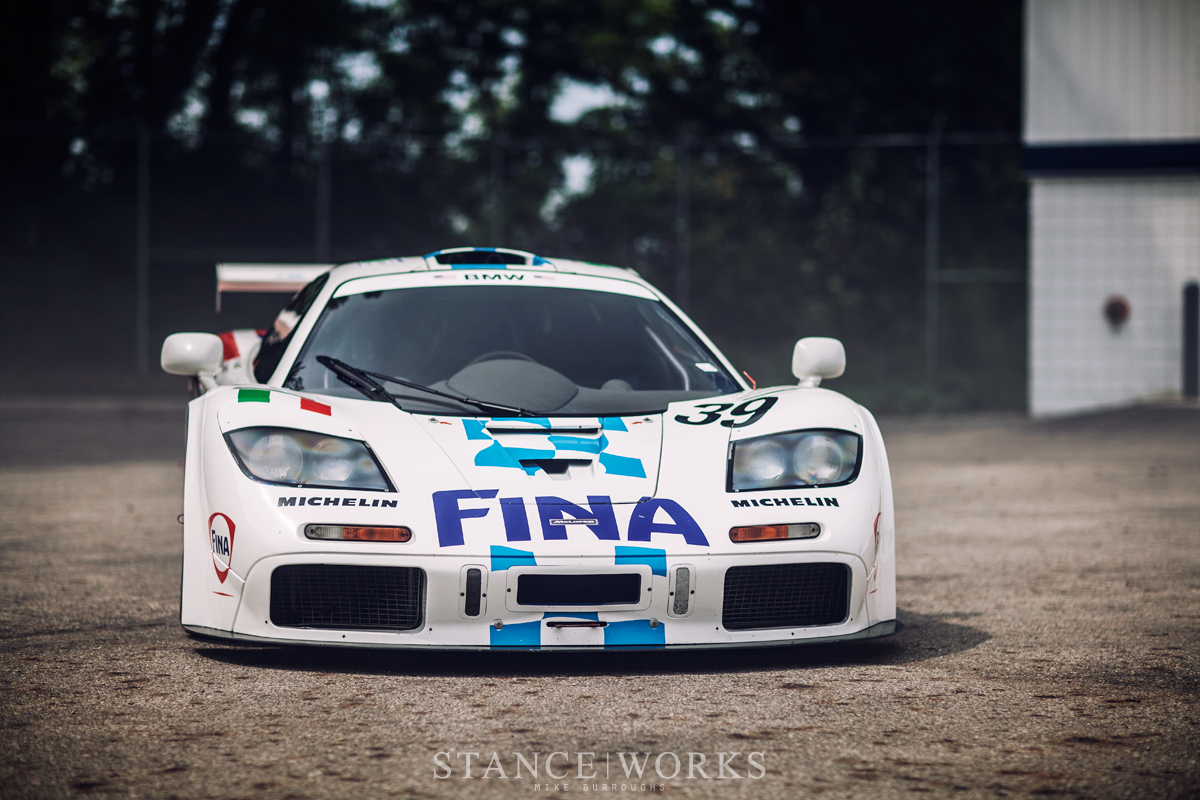
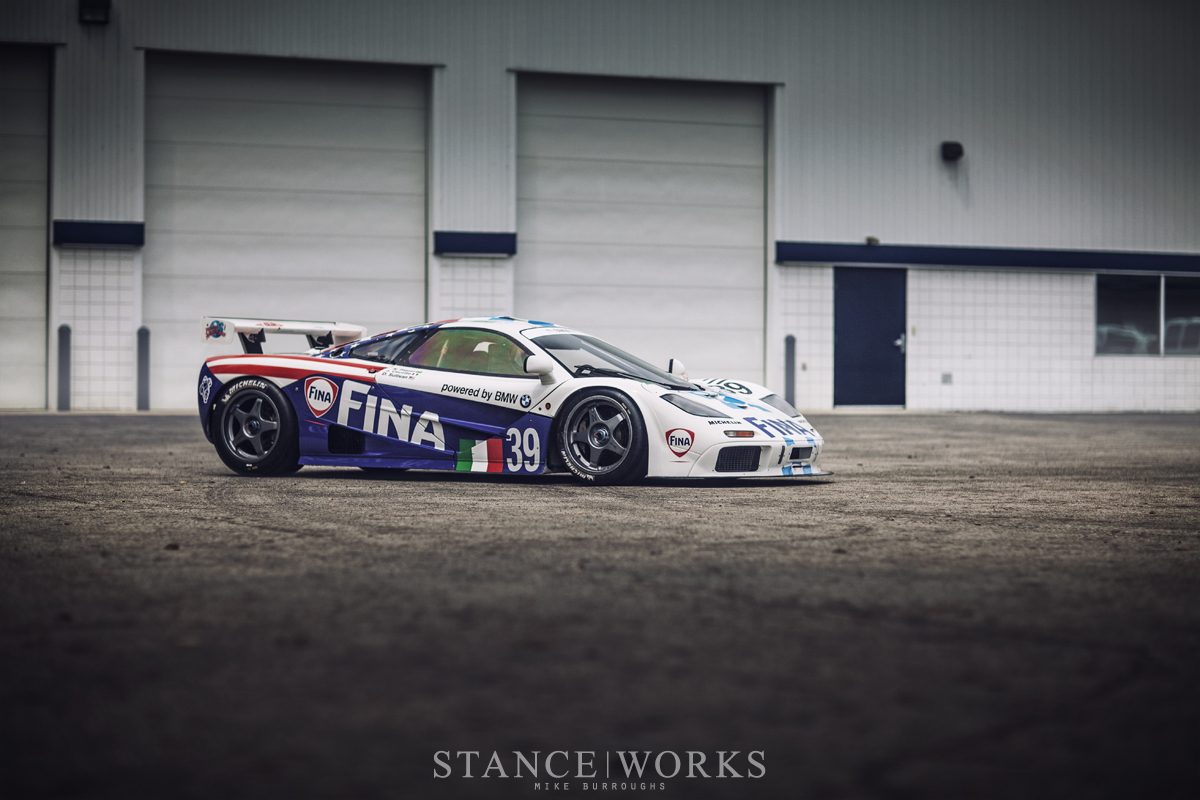
The BMW V12 LMR
While BMW can claim one of the most renowned and prestigious racing pedigrees in history, there is one arena in which their tally falls short. The 24 Hours of Le Mans, the world's oldest active endurance race, stands as one of the most important races in the automotive world. Also known as the Grand Prix of Endurance and Efficiency, the ultimate in technology, Le Mans Prototypes, race among GT class cars in a battle for the most laps in just 24 hours. With 90 years and 90 events under its belt, the overall victory has been claimed only once by BMW. In 1999, BMW's V12 "LMR" Le Mans Prototype racer took the win over Toyota by a single lap. And as quickly as it came, the LMR was left to the history books, running the iconic race only once.
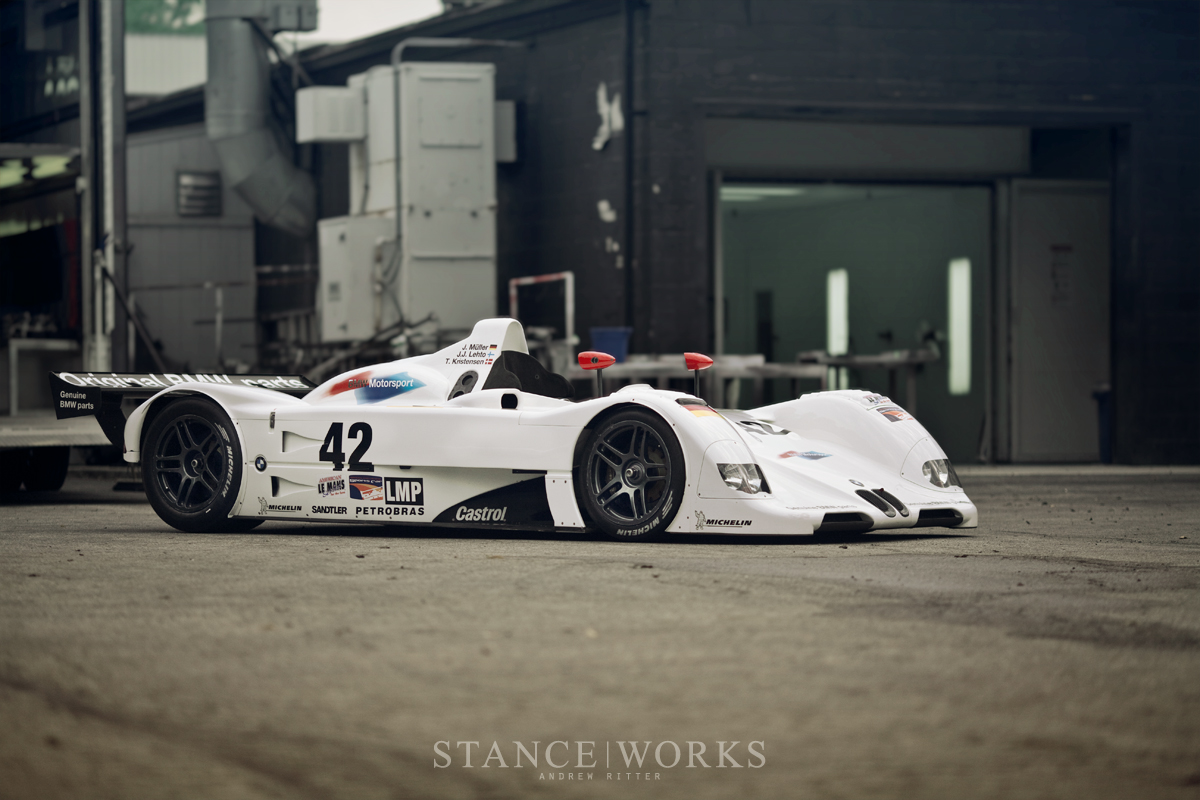

The BMW E9 CSL
It's difficult to find the bridge between enthusiasts and corporations. Car companies are in the business of selling cars, not catering to the wants of the small population of people that see something more in such machines. To many, a car serves a single purpose: transportation from point A to point B, and that's all that matters to the wallets of the decision makers at the likes of Honda, GM, and even our friends in Germany. "Will it sell?" is the only question that truly matters at the end of the day, and the era of production race cars continues to dwindle. The brutal truth is that, as enthusiasts, it's rare we'll ever garner much attention from the people at the top of the food chain.

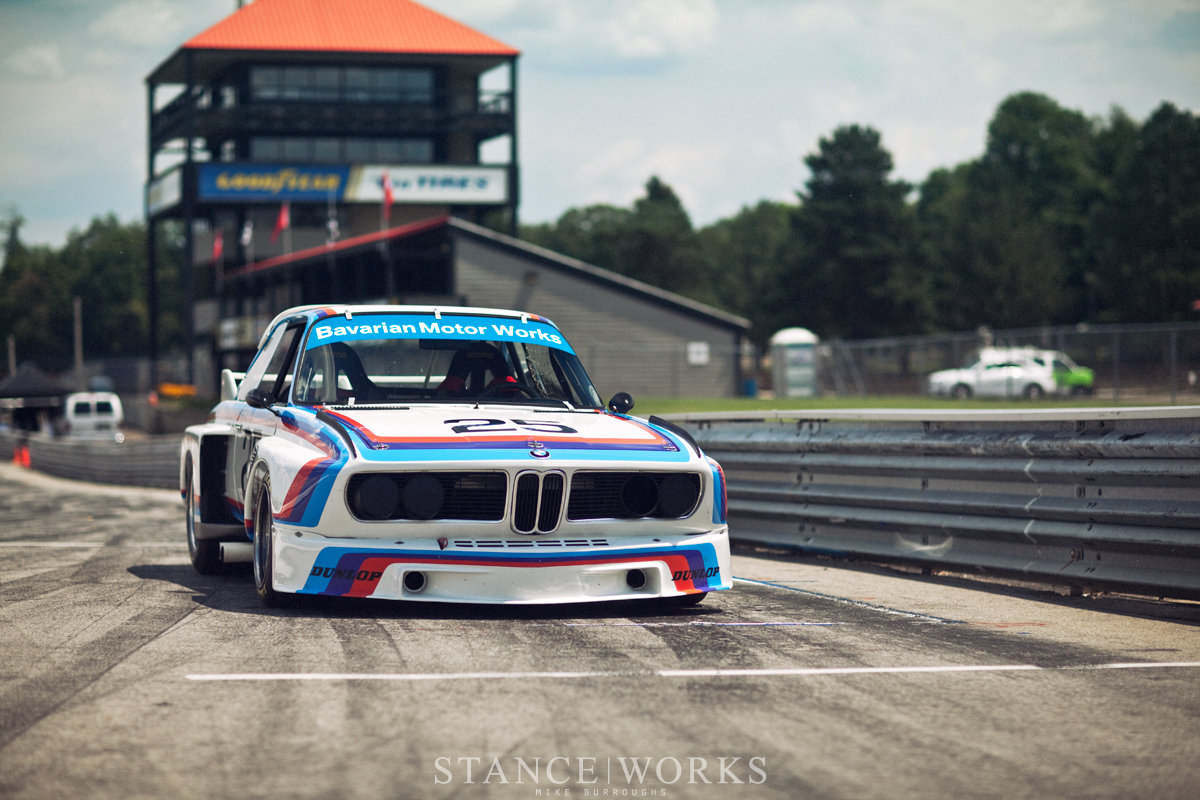
The BMW PTG E36 M3
On February 5, 25 years ago, the 24 Hours of Daytona would mark the start of the 1995 IMSA GTS-2 season. More importantly, it would mark the start of BMW's all-new GTS-2 M3 program. Organized in just 60 short days, a pair of E36 M3s that mirrored their showroom counterparts took to the infamous Florida track, to which they qualified pole and third on their first-ever outing. It came as little surprise to BMW and the Prototype Technology Group (PTG) team that the GTS-2 M3s would go on to solidify the second-generation M3's position in racing history.
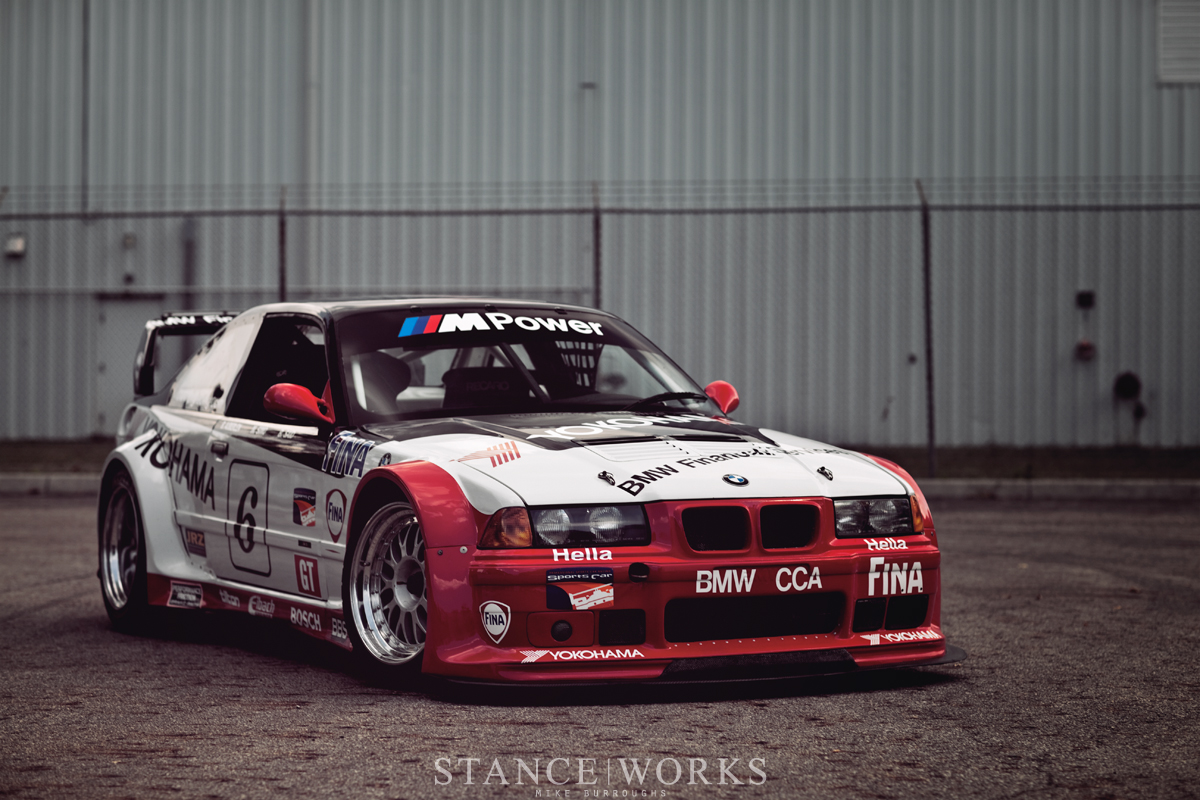
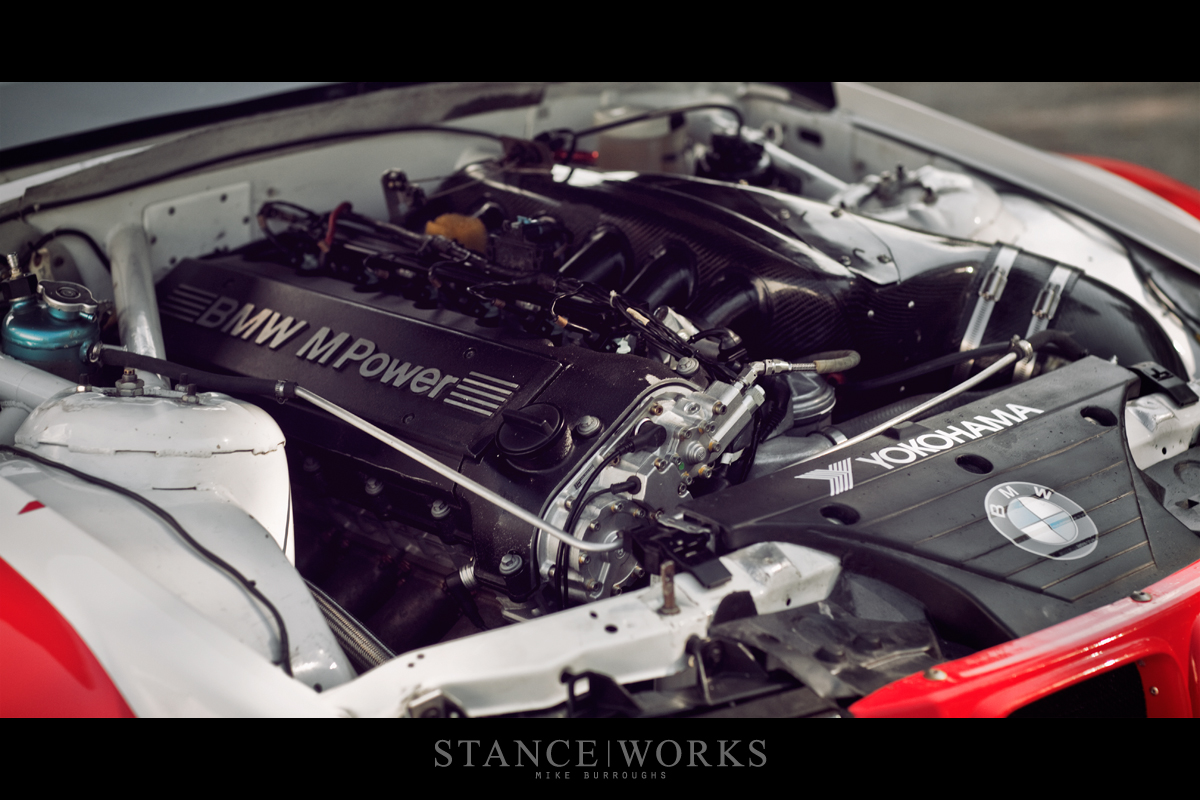
The March 86G BMW PTG
It was in 1985 that BMW decided to make a return to IMSA Grand Touring Prototype racing, otherwise known as the GTP series. After a single race with the aesthetically atrocious March 85G-7 to cap off Daytona and the '85 season, BMW enlisted the help of March Engineering to build a set of '86 season winners - the March 86G. The cars possessed what it took to become some of the best in GTP history - immense power, a featherweight chassis, and strong handling. The cars lead the pack... when they maintained their composure. After just a single season, the March 86Gs were retired, two years earlier than initially planned, leaving them to write a brief and unnerving history in the books.



The Group 5 / IMSA BMW E21 "320i Turbo"
Levis 501s, Coca Cola, and Hershey’s: successful originals in our everyday lives are easy to recognize. In the automotive world, impacting originals are defined only by their lineage. To point out the original BMW 3 series in a lineup may be difficult for the casual automotive enthusiast. While the E21 chassis is known to some as the "Adam” of the 3 series line, it is better recognized for the bulgy fendered, high flying, tight handling FIA Group 5 competitors of the late 70s and early 80s. Devouring asphalt from Diepholz in Lower Saxony, Germany all the way to Mid Ohio, the 320 Turbo cars were known for their light weight and impressive road holding. Later, the car would emerge as the unspoken test bed of the infamous 1300hp 1.5 liter M12/13 mounted in the Brabham BT52 Formula 1 power plant that vaulted Nelson Piquet to a 1983 championship, the first ever F1 title for a turbo-charged car. As a proud owner of an E21 for half of my life, these purpose built Group 5 cars represent the summit of what the original 3 series was capable of, and as a proud BMW fan, what the constructor could do in motorsport.




